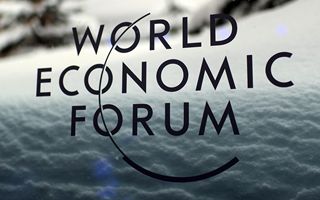(Finance) – Weaker than expected growth in 2025, with Europe particularly affected and more optimism for the US, but “tempered by concerns about rising debt and inflation”. These are the economists’ forecasts collected by World Economic Forum (WEF) in his Chief Economists Outlook. Fifty-six percent of top economists expect weaker economic conditions than in 2024, versus just 17% who expect improvement. The USA they will see “a short-term boom”, Europe “for the third consecutive year it is the weakest area” and “the push of China is expected to slow down.”
For the USA, the strong outlook for 2025 reflects the expectation of short-term fiscal stimulus and rising wages. However, economists warn of a number of risks, starting with rising debt (expected by 97%) and higher inflation (94%). Among the factors responsible for weaker global growth, the Outlook points to pressures against economic “interconnection”. “
A large majority of those interviewed – we read in the report – equal to 94%, expect a further one fragmentation in trade flows of goods in the next three years, while 59% expect the same dynamic in services”. Over three quarters expect greater barriers to labor mobilityand a slightly lower share sees growing obstacles to technology exchange. An exception is represented by financial sector, where less than half of economists expect greater global fragmentation, although problems related to security, political and geopolitical developments and landslides in value chains may emerge.
In front of the growing fragmentation of the global economy, in the economists’ forecasts collected by the WF, the response of companies will focus on a “restructuring of supply chains (91%) and a re-focusing on the main markets (79%)”.
In 2025, as many as 89% of economists expect “a trade war of retaliation and trade restrictions between the US and China”, while 68% foresee a broader conflict. However, “even if the new US administration will probably set its own course on the prospects for 2025, this may not lead to a dramatic change in trajectory” of global trade.
